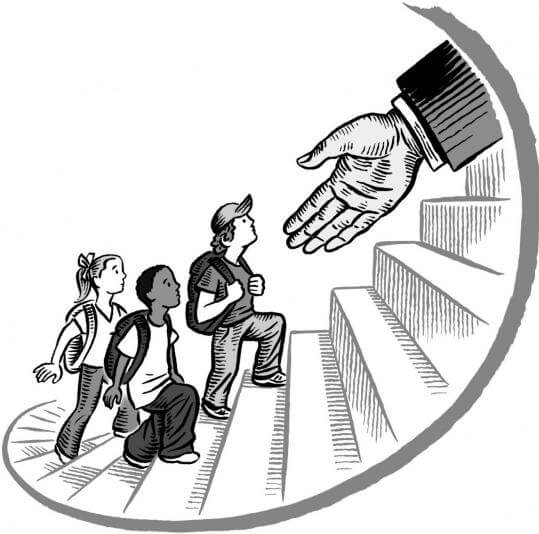Education Reform
The education system was developed with the intent to do three things:
- Prepare children to add value to society.
- Help children identify what occupation they would like to have.
- Teach children basic skills to allow them to survive in society.
Higher education was created to further these goals and the development of high school students.
The Current State of Education

The U.S. academic education system has continually struggled to try and meet these objectives. The results of the reforms and efforts to improve the system has not yielded the best results. Currently over 60% of all college graduates are unhappy with their careers. This is despite the fact that 50%-75% of college students will change their major at least once during their undergraduate programs and many will change it as much as 3 times before they graduate. If we were to look at only students without a college education the percentage would be even greater.
These statistics are of course are only looking at employed graduates. The recent graduate unemployment rate was 7.2% (compared to 5.5% in 2007). It might seem that the amount of graduates that can’t find work is small, but when you look at the demand companies have for workers, it is amazing that all college graduates cannot find good jobs. When employers were asked in regards to their hiring needs, they identified a high demand for skilled entry level workers. However, 57% of employers agreed that it was difficult to find such workers.
Currently more than 50% of college graduates pursue careers that are not related to their majors. This could be a result of both the academic system not giving students an accurate picture of what type of work their degree will require and also students trying to find jobs with the skill set their education provided for them.
Conclusion

Part of the problem with the non-performance of the U.S. education system stems from how we measure its success. For example, K12 schools measure their success on how many high school students go to college and how well students perform on standardized tests and academic exams. K12 schools do not measure how stressed their high school students are or if their students actually find jobs in a field that they enjoy.
They do not measure how much value their high school students provide to society. The impact of focusing on the wrong measurements is that it changes the goal of the system. The goal now becomes helping students perform better on examinations and getting into college. The academic system is no longer worried about the value a student can provide to society or if they have learned the basic skills to allow them to survive in society. The reality is that doing well in school does not guarantee a high school student will be successful in life and in the professional industry.
So what does a child need to be successful? What can we do to improve the U.S. education system? We will review this in our next blog…

